As pup parents, we’ve all been there: Your pup’s sitting on the floor nomming away on his favorite rawhide and then poof — down the hatch it goes. The panic is instantaneous, even if your doggo seems perfectly content with his forbidden gulp.
But your worry is warranted, as a swallowed rawhide can be a very big problem. Not only can it lead to obvious dangers, like choking, but it can also lead to some hidden trouble in your pup’s stomach.
Below, we’ll discuss what to do if your dog swallows a rawhide and how you can avoid future issues.
My Dog Swallowed a Rawhide: Key Takeaways
- Dogs who swallow rawhides may be at risk of life-threatening complications. Some dogs will pass swallowed bits of rawhide, but others may choke or suffer from intestinal blockages, which are veterinary emergencies.
- Though you needn’t panic if your dog swallows a rawhide, you should spring into immediate action. Start by ensuring your dog isn’t choking, take away any remaining bits of rawhide, and then call your vet.
- Rawhides aren’t particularly digestible, so owners are wise to offer them cautiously. Fortunately, there are several other, safer rawhide alternatives on the market, which present fewer risks.
We’re primarily focusing on what pet parents should do in the case of a swallowed rawhide in this article. But we also answer some of the most frequently asked questions about these chews at the end.
Just scroll down to the FAQ section to find out whether rawhides are digestible, if they can kill your dog, and the answers to other common rawhide questions.
What to Do If Your Dog Swallows a Rawhide
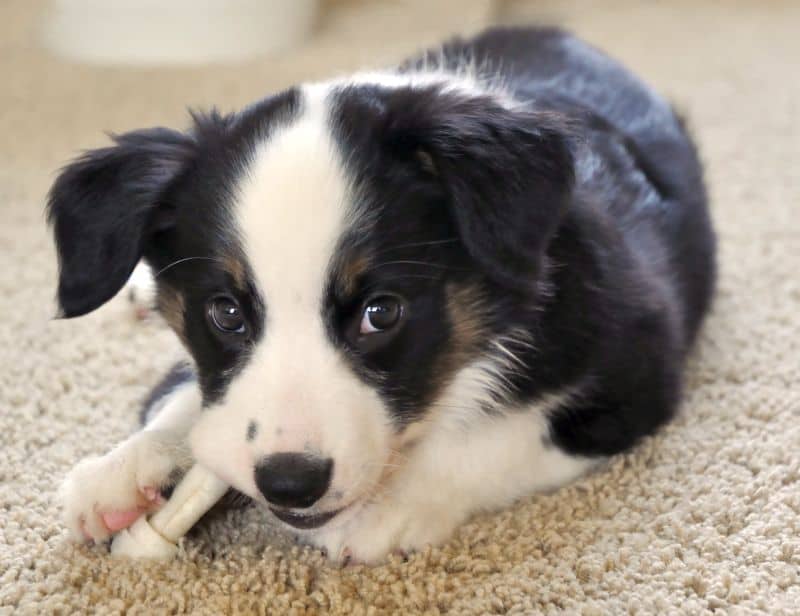
First thing’s first: As scary as a swallowed rawhide can be, you don’t want to panic. While swallowing a rawhide can lead to serious trouble, it doesn’t always spell disaster.
You want to follow a few key steps to make sure everything is A-OK, however, including:
- Check your pup’s mouth and airway. Examine your dog’s mouth to ensure the rawhide isn’t wedged in his throat or mouth. Sometimes, your pup will “cheek” a goodie he doesn’t want to share, be sure to thoroughly check out his entire mouth. This includes pulling your dog’s tongue forward so you can visualize his throat.
- Remove debris and perform the doggie Heimlich if need be. If you can see the rawhide, try to remove it with your fingers (while being careful not to push it further in or suffer a bite at the hands of your panicking pupper). If it’s still stuck, switch to the canine Heimlich maneuver by going behind your dog, wrapping your hands around his abdomen, and squeezing your clasped hands just below his rib cage, as you would if a human were choking. The pressure may help expel the lodged item.
- Clean up the area. Always remove any uneaten rawhide pieces to prevent further consumption. You don’t want to compound the issue by allowing him to add more rawhide to his stomach.
- Call your vet. It’s best to check with your vet if your dog swallowed a large piece of rawhide, especially if he has any preexisting conditions, like digestive issues. He or she can advise whether to monitor your pup at home or to bring him in for an immediate exam. This is important, as even small bits of swallowed rawhide can lead to trouble in some dogs.
- Monitor your mutt. If your vet recommends a “wait and see” approach, keep an eye on your pup and make sure he’s acting normally. There shouldn’t be any noticeable changes in his eating, drinking, or potty habits.
- Be ready for complications. If you notice a change in your dog’s eating, drinking, behavior, or bathroom routine, it’s time to head into the vet or emergency clinic.
- Stay on potty watch for the next several days. This isn’t the most pleasant activity, but you need to ensure your dog expels the rawhide safely. Your pup may pass the rawhide in small bits mixed in with his regular stool that you barely notice, or he might defecate large, twisted pieces that can be painful. If you notice any blood in his feces and around his behind, or strange colors in his poop, give your vet a call.
On the flip side, if your dog seems constipated and isn’t pooping, you also need to call your veterinarian right away. Constipation can be a sign of bowel obstruction.
Signs of Trouble: Things That Warrant an Immediate Trip to the Vet
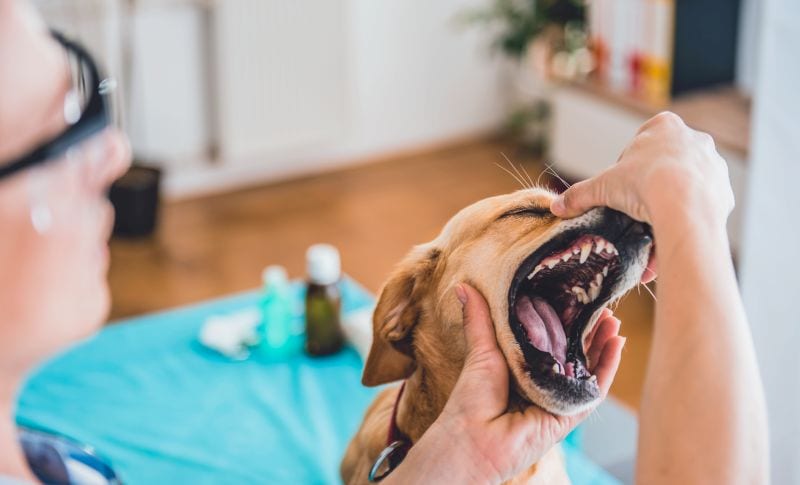
Unfortunately, not every swallowing oops goes smoothly, and sometimes, your dog may run into trouble. If you notice any of the following, your dog must be seen as soon as possible by a veterinarian:
- Stuck rawhide: If you can’t dislodge a rawhide in your pup’s throat with your fingers or the doggy Heimlich, get him to the vet immediately. The stuck rawhide may cover his windpipe, which is obviously a medical emergency.
- Breathing difficulties: Breathing trouble can also indicate that your dog is choking or experiencing pain — particularly if he’s taking quick, shallow breaths. Also, if your pooch still appears to be struggling to breathe after removing a trapped rawhide, he may have a piece wedged deeper in the esophagus.
- Repeated vomiting: If your pooch is repeatedly retching or vomiting after swallowing his rawhide, take him to an emergency clinic ASAP. There’s a chance that the rawhide is lodged in his digestive tract.
- Inability to poop / straining: Tenesmus — unproductive straining — can indicate a bowel obstruction. Rawhide has a nasty habit of absorbing fluid in the stomach, which can make it hard to pass.
- Poop problems: If your dog is trying to pass a chunk of rawhide that seems to be stuck in his rectum, never attempt to remove it yourself. This can cause serious injury, especially if the object is twisted or features a sharp edge. In cases like this, he should be seen by a vet immediately.
- The production of runny or watery stools: Conversely, loose or runny stools can also be a sign of a bowel obstruction or some other intestinal issue, as his body struggles to pass it, and only the liquid portion can get around the obstruction.
- Extreme lethargy: Your dog’s behavior is a window into how he’s feeling, and if he seems hesitant to do much of anything, there could be a serious problem. Just compare his behavior against his baseline; if your husky is normally bouncing off the walls, but he suddenly seems strangely inactive, get your vet on the horn.
- Signs of panic: Extreme pacing, excessive drooling, and heavy panting are just some of the ways that your dog shows distress. In this case, it may indicate a blockage, which will often cause him to freak out pretty thoroughly.
- Signs of pain: Whining, walking with a hunch posture, and refusal to settle are all indicators that your pup is in pain, likely brought on by internal injuries or blocked plumbing.
Treatment for a swallowed rawhide will vary by case, though bowel obstructions almost always result in complicated veterinary procedures.
Typically, your vet will first perform a physical exam and an x-ray or ultrasound to confirm the rawhide’s location. Small pieces may pass without intervention, but large pieces may cause more damage (and necessitate more invasive treatment) the farther it passes through the intestines.
Consider Rawhide Alternatives in the Future
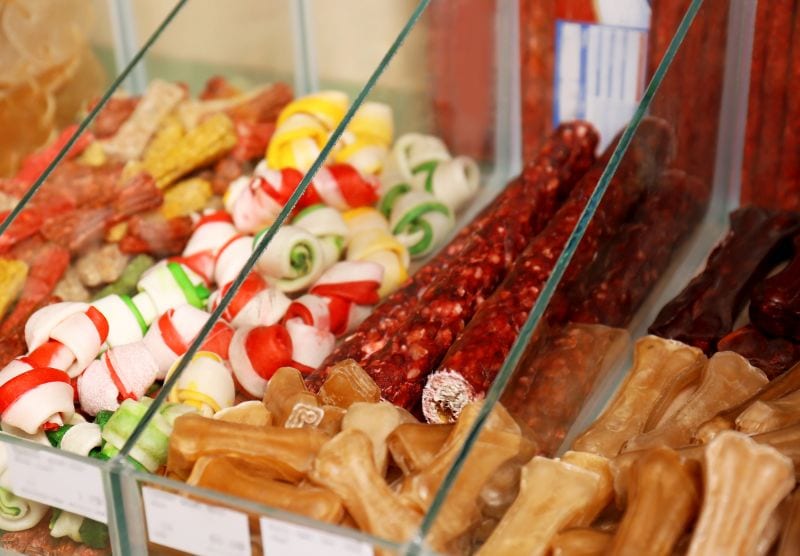
Unfortunately, accidents happen, but with a few tweaks to your pup’s treat arsenal, he might still be able to enjoy all the fun of a chew without as much of a risk.
Just check with your vet first, especially if he’s required surgery for a prior swallowing adventure, and always monitor him when he has a chew.
With all that in mind, you need to look at what your dog is chewing to avoid these kinds of issues in the future.
Rawhides are a touchy subject with pup parents, and with good reason, as these dried and rolled beef hides aren’t the safest option out there (although some brands of rawhides are certainly better than others).
Like all chews, they have an inherent risk of choking, but they also expand when wet, upping your pooch’s risk of a bowel obstruction if swallowed.
This is worsened as he drinks water, trying instinctively to flush it from his system. Because of this, many owners opt to skip rawhides entirely, opting for other dog chews options.
Your dog can chew a little safer with rawhide alternatives, including:
- Collagen chews: Made with beef collagen, these chews are easily broken down by your dog’s stomach, greatly reducing his risk of obstruction. They come in a variety of cuts, too, like chips and rolls, which makes them ideal for keeping variety in your pup’s chewing routine.
- Bully sticks: Like collagen chews, bully sticks are easier for your dog’s body to break down, as they’re a natural material: penis. Bull or pig penis, to be exact. They’re typically uniform in size, though you can find some braided bully sticks if your dog needs something a bit thicker.
- Yak cheese: A newer product on the scene, yak cheese is yak’s milk that’s hardened into a chewable stick and sometimes flavored with smoke. Yak cheese is easily digested and lacks sharp edges that can cause stomach and potty issues.
Use Caution With Rawhides and Stay Safe
Sometimes you have to make a decision for your dog’s own safety, such as eliminating traditional chews altogether. This is critical if your dog is a repeat swallowing offender.
There are, however, a few workarounds that your dog can still enjoy, like:
- Homemade Pupsicles: Frozen treats have a little more oomph to them than regular cookies.
- Dog Jerky: Like pupsicles, jerky requires more chewing than a traditional cookie treat.
- DIY Dog Chewy Treats: These are a bit of Frankenstein’s monster with their fruit leather look, but these are a homemade, digestible goodie that your pooch can get some chews out of.
Dog Swallowed a Rawhide: FAQs
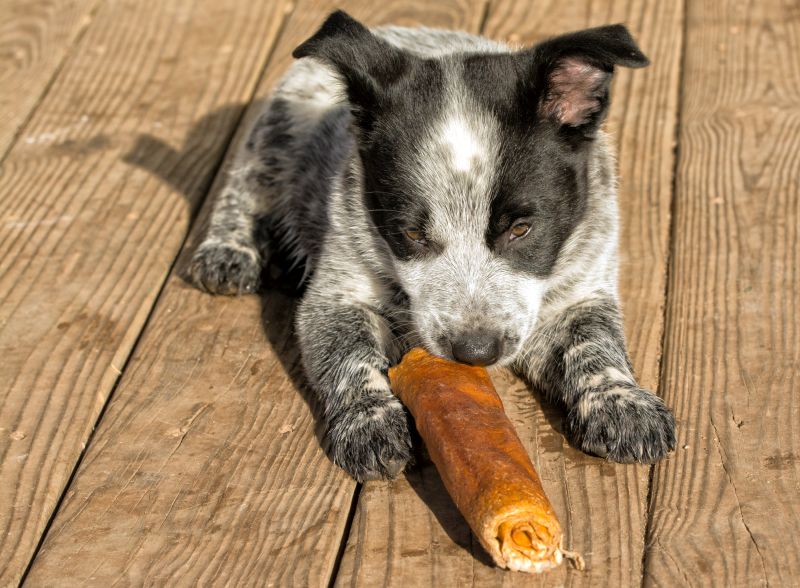
Owners are often understandably upset when confronted with a dog who has swallowed a rawhide, and they often have a number of questions that pop up. We’ll try to help below, by answering some of the most common questions about rawhides and dogs who’ve eaten them.
What happens if a dog swallows a rawhide?
A lot of different things can happen when a dog swallows a rawhide. In a best-case scenario, your dog will simply pass the rawhide within a few days; in a worst-case scenario, the rawhide could cause him to choke or lead to a life-threatening intestinal blockage that necessitates emergency veterinary attention.
What is rawhide made of?
Rawhides are exactly what they sound like: raw pieces of animal skin or hide. In other words, they’re pieces of (usually) cow skin that haven’t been subjected to the tanning process.
Does a rawhide break down in a dog’s body?
According to the data available (which examined rawhide digestibility in vitro, or inside test tubes filled with simulated digestive fluids), rawhide breaks down a tiny bit in a dog’s stomach, and then it breaks down a little bit more in a dog’s small intestine. But — in the best-case scenario — the rawhide only broke down 41.6% (and this took 18 hours), which means that the majority of the rawhide remains undigested.
What do I do if my dog ate a rawhide?
First, you’ll want to take away any remaining rawhide bits to prevent things from getting worse, and then make sure that there are no pieces stuck in your dog’s mouth or throat. From there, you’ll want to call your vet, monitor your pooch, and seek immediate veterinary care if instructed to do so or you notice your dog exhibiting any troubling symptoms.
How long does it take a dog to digest a rawhide?
Rawhide doesn’t appear to break down completely in a dog’s digestive tract. But pieces may pass in less than 24 hours or — if problems arise in the digestive tract — it may take days. In some cases, it may not pass at all, which will represent a veterinary emergency.
Are rawhides safe for dogs?
“Safe” is a relative term, and all owners will have to make the best decisions they can on behalf of their pets. That said, rawhides do present some legitimate dangers, and there are several other, safer options on the market.
Can a rawhide kill my dog?
Yes. Bad outcomes certainly aren’t guaranteed, and many owners give their dogs rawhides on a regular basis without experiencing any problems. But, in a worst-case scenario, your dog may choke on a rawhide, fall ill from exposure to bacteria or dangerous chemicals used in the processing, or suffer an intestinal obstruction.
Are there any alternatives to rawhides for dogs?
You betcha! Bully sticks, collagen chews, and yak cheese all appear to be safer than rawhides to varying degrees. Check out our complete guide to long-lasting chews to learn more.
***
Has your dog ever had a run-in with rawhide? Do you use any awesome rawhide alternatives? Let us know in the comments.
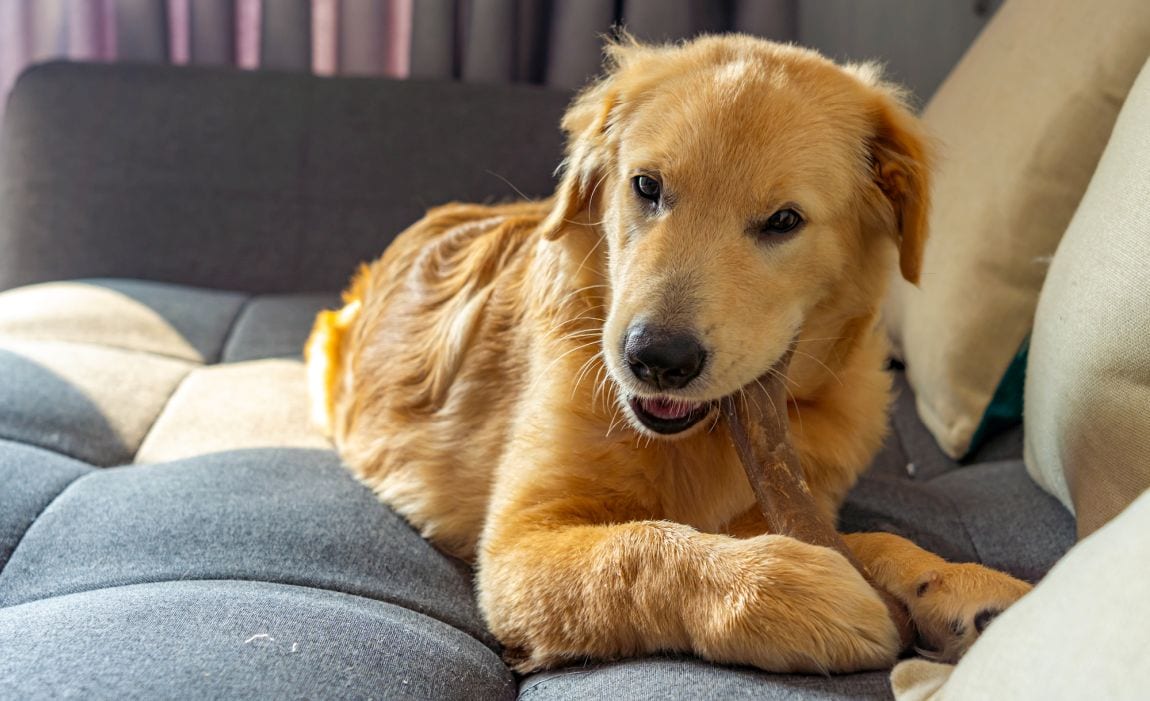


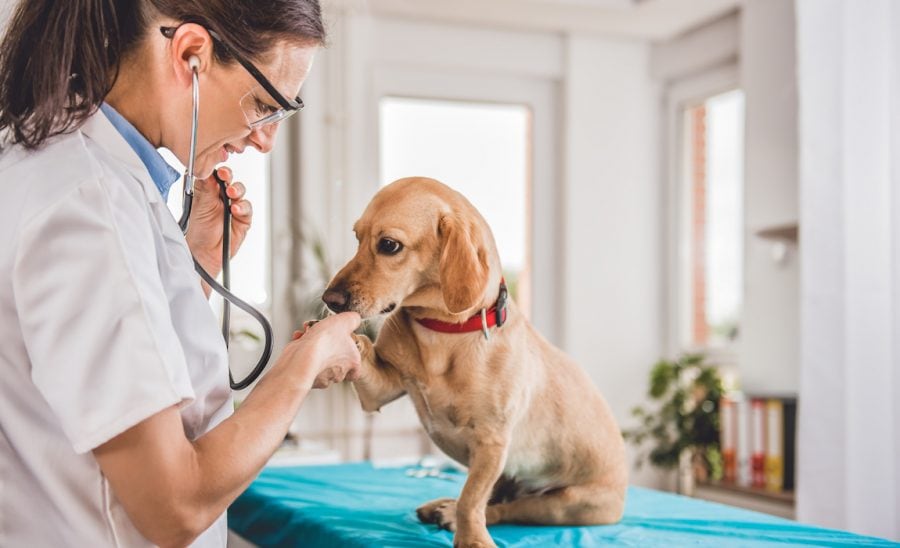


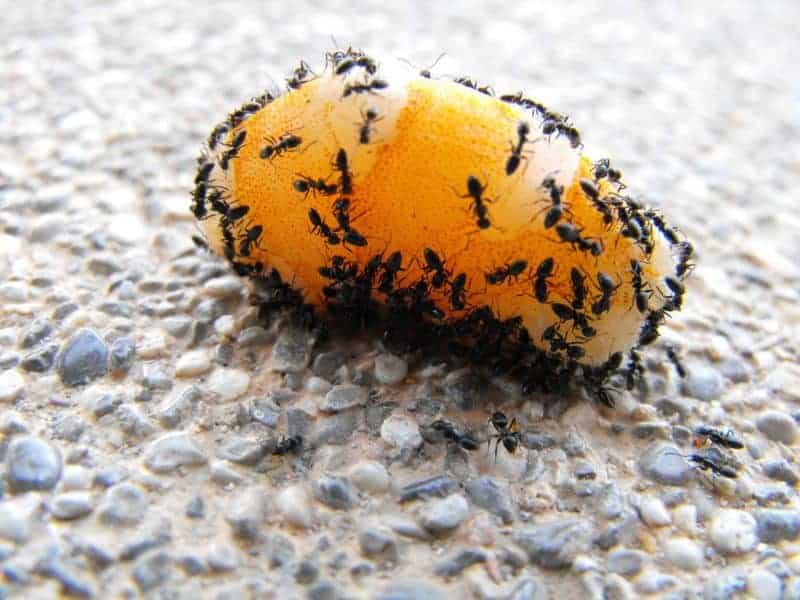
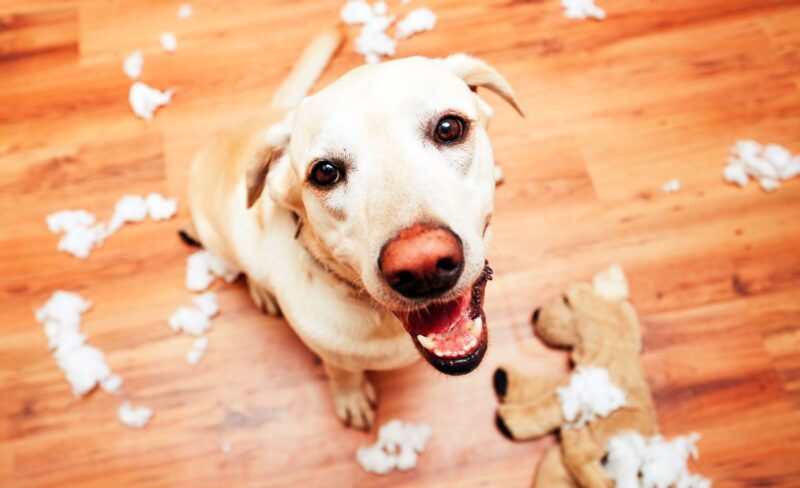
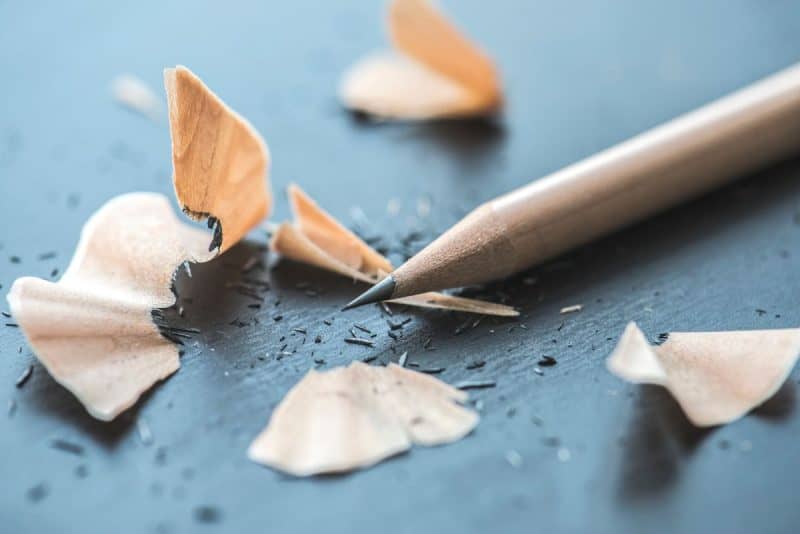
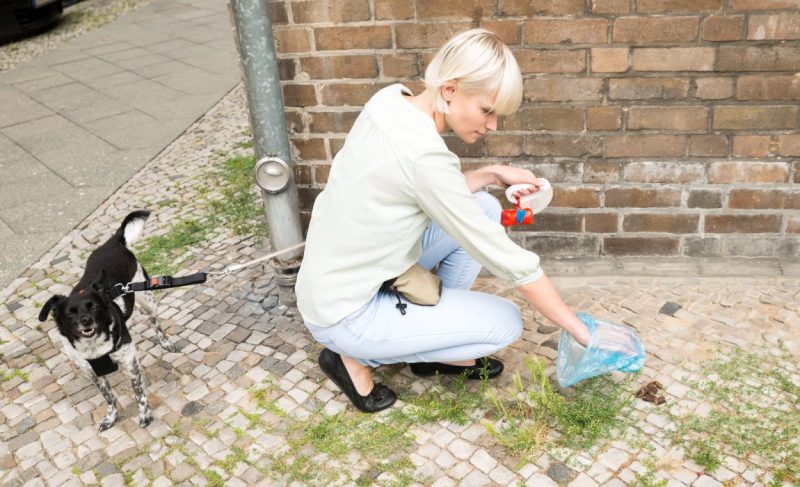
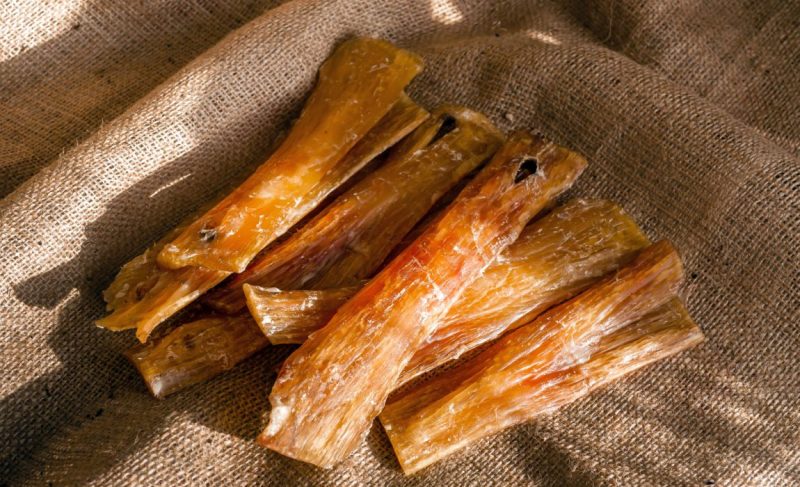

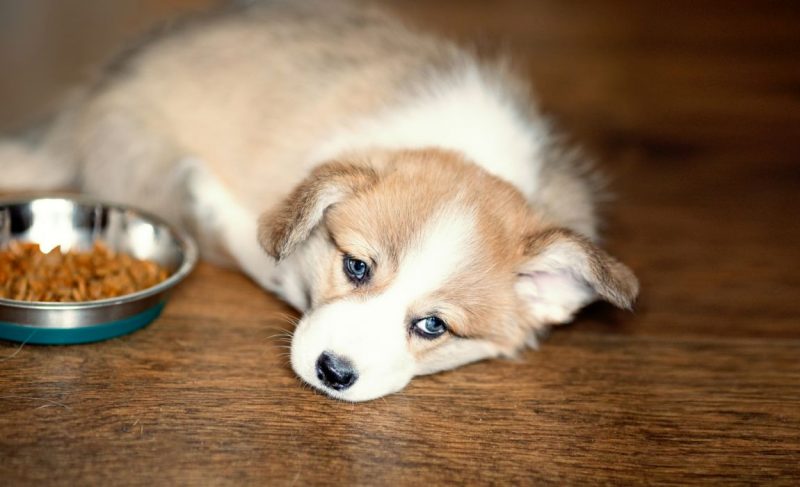

Leave a Comment